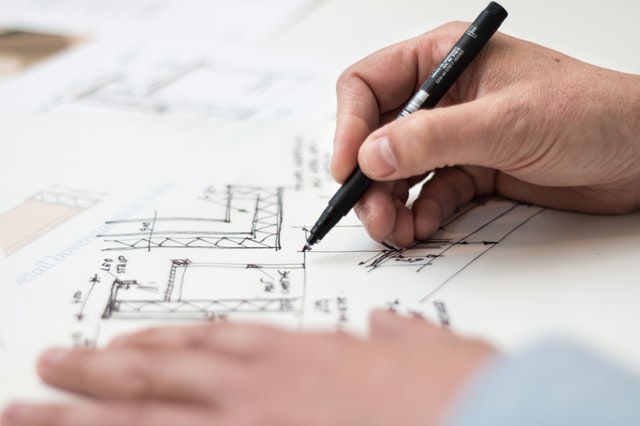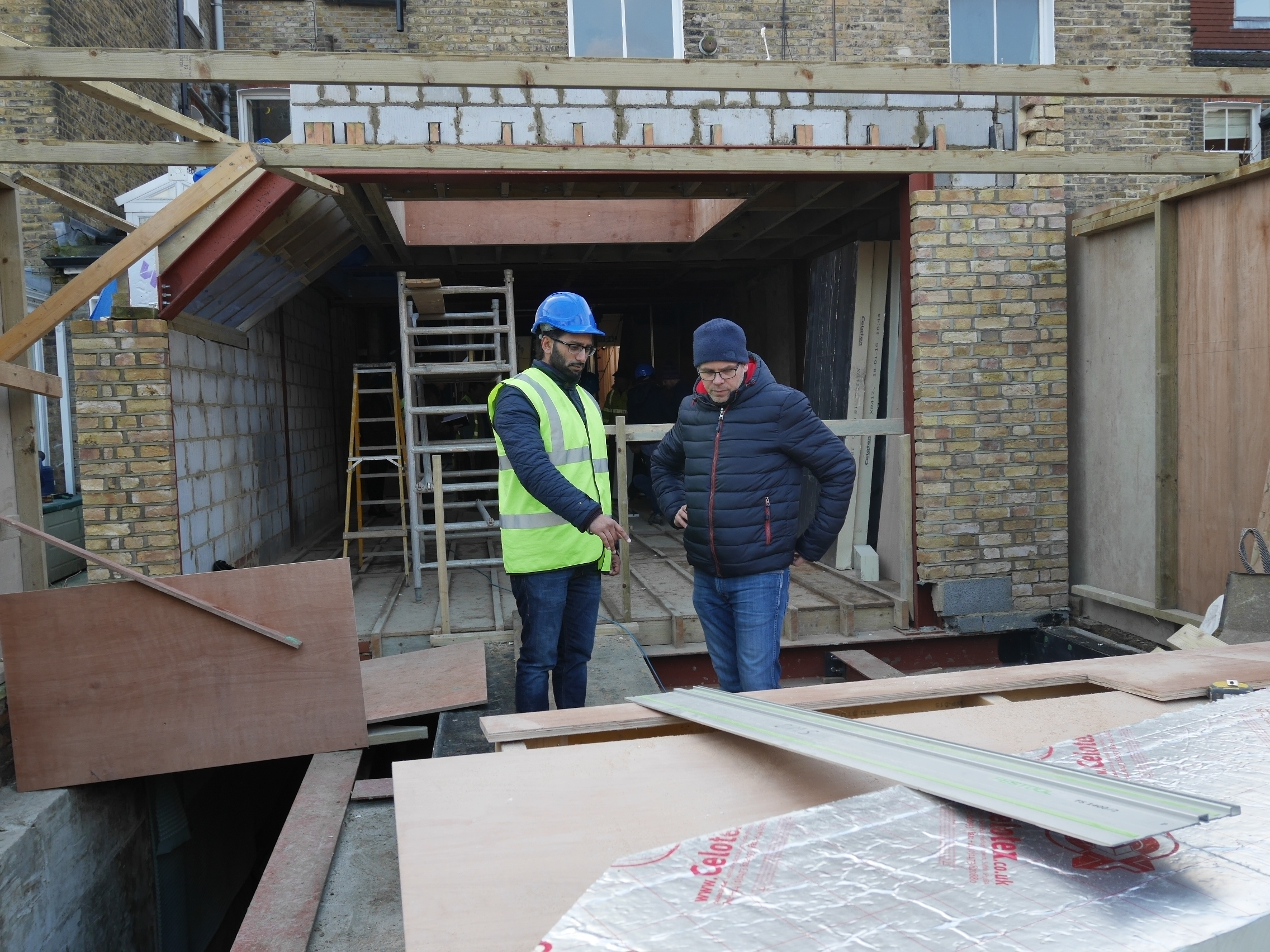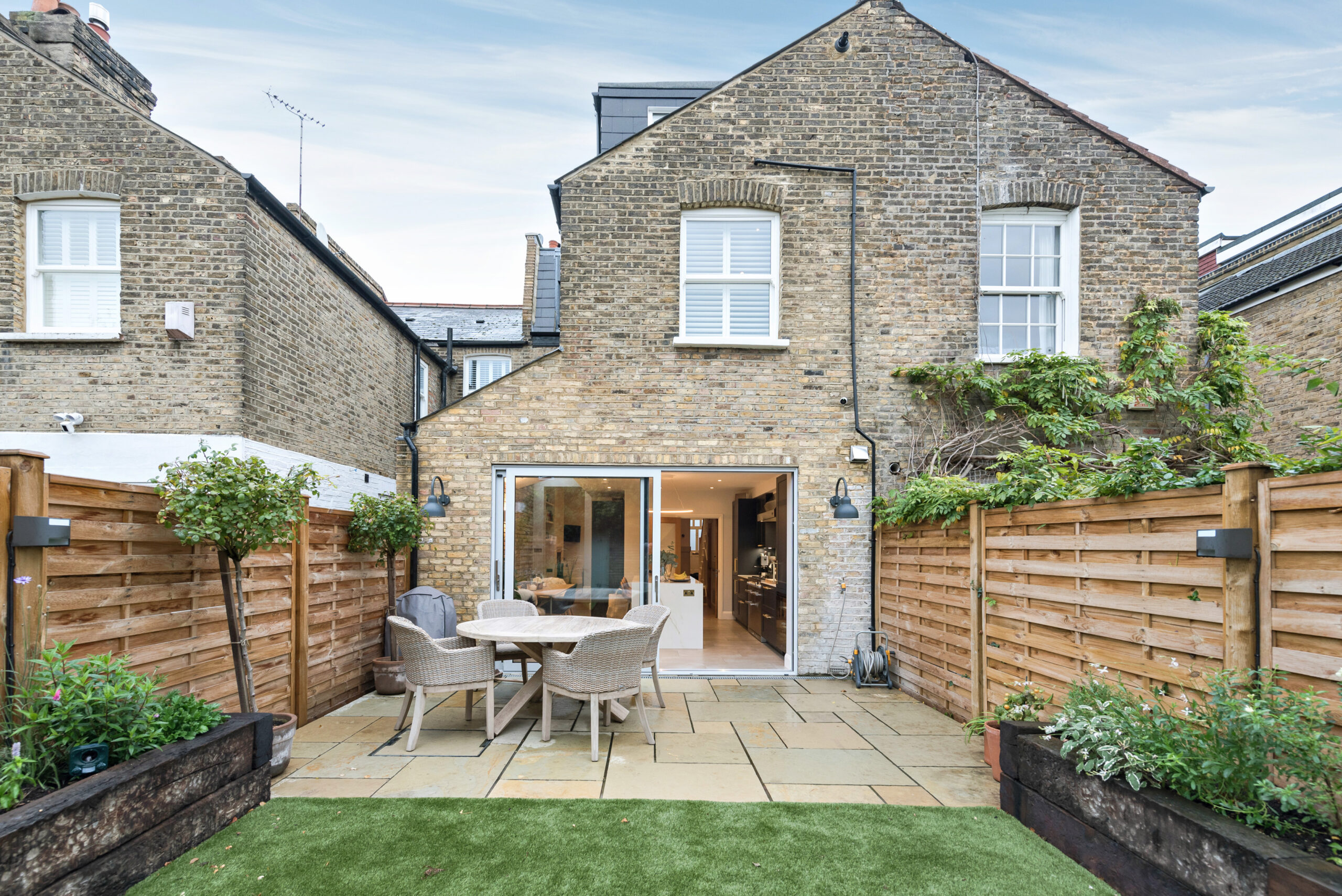RIBA Plan Of Work

The Critical Path
A successful project, whether it is a small-scale operation such as a house extension or a major building programme, depends upon the project team following a logical and well-considered critical path. This starts with initial discussions, briefing and information gathering and ends with the final decorations and finishes touches to the furniture and furnishings, etc. The critical path follows these sequential work stages.
Stage 1 – Preparation and Brief
Formulation of the client brief, advising on time-scales, likely building costs, local authority statutory conditions, the need to engage specialist consultants/formation of the project team.


Stage 2 – Concept design
Preparation of outline design proposals in response to the client’s brief. Preparation of a comprehensive and all-inclusive budget plan. Preparation of a proposed program identifying all anticipated time-scales.
Stage 3 – Design development
Developing the design scheme to a more detailed level preparing a set of drawings, diagrams, and all relevant documentation in order to make a planning application. Reviewing of a project budget and program. Monitoring of the planning application through to the local authority’s determination.


Stage 4 – Technical design
Liaising with structural engineers and any other specialist consultants. Preparation of a full set of detailed construction drawings, diagrams, specifications, schedules etc in order to facilitate a ‘contract tender’ or ‘a ‘contract negotiation process’. Submission of all relevant technical information to the local authority for ‘Building Regulations Approval’.
Stage 5 – Construction phase
Liaising with the structural engineers and all other relevant specialist consultants and generally prepare the project for the building works to commence on site. Preparation of contract documentation. Agreeing the building works program with the contractor and all nominated sub-contractors. General administration and overseeing of the building work on a regular basis throughout the construction phase. Generally monitoring the progress of the building works and reporting back to the clients on all relevant matters. Including regular cot updates.


Stage 6 – Handover and Close Out
Overseeing the final stages of the building. Liaising with the clients, building contractors, specialist sub-contractors and suppliers. Arranging and hand-over of the completed scheme to the clients for their beneficial occupation. Identifying any latent defects and contractor to carry-out any remedial works that may be necessary. Resolving the final building costs and agreeing these costs with both client and contractor.
Stage 7 – In Use
When a project is completed and the client is in occupation, we sometimes are asked to monitor the performance of the building and to advise on any further modifications and minor adjustments in these instances, we are happy to assist in the post-contract evaluation of the project.


KLC Architects have a comprehensive portfolio of work, which we aim to update on a regular basis to give you a feel of the diverse range of work being commissioned and completed.
We have worked with a number of Local Authorities across the country and in particular, have a great deal of experience working with all the London Authorities.
We liaise with the Planning Officer and Conservation Officer and other parties to make the process as smooth as possible in obtaining the required permissions and statutory requirements

architecture
KLC Architects can provide services to submit applications from;
- New Builds
- Extensions
- Renovations
- Re-modeling

design
Typical types of permissions include Full Planning Permission, Certificate of Lawful Use or Development, Listed Buildings Consent, & Conservation Area Consent from

Project Management
We prepare drawings and submit applications to the Local Authority’s Planning Department to obtain permission.